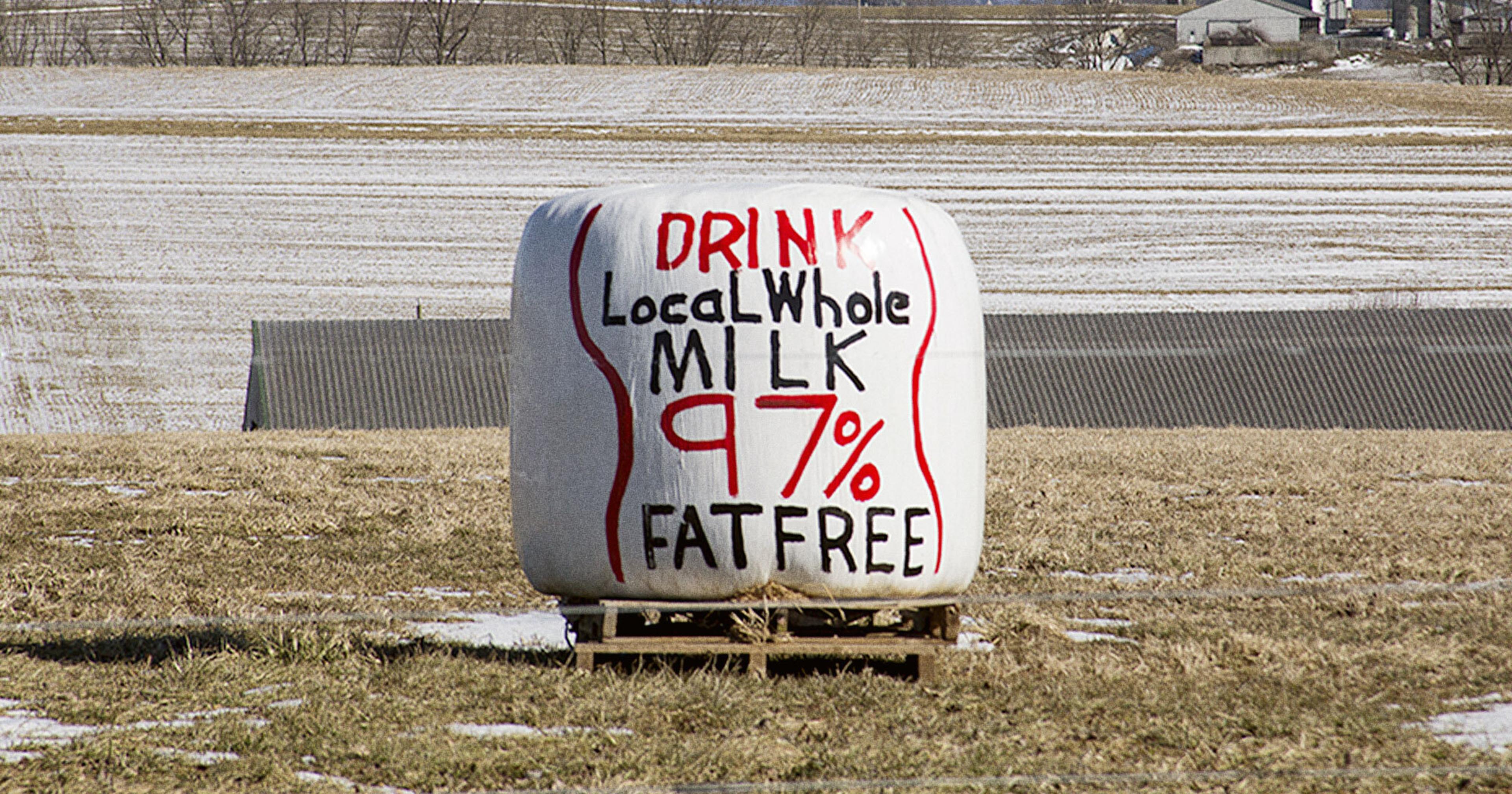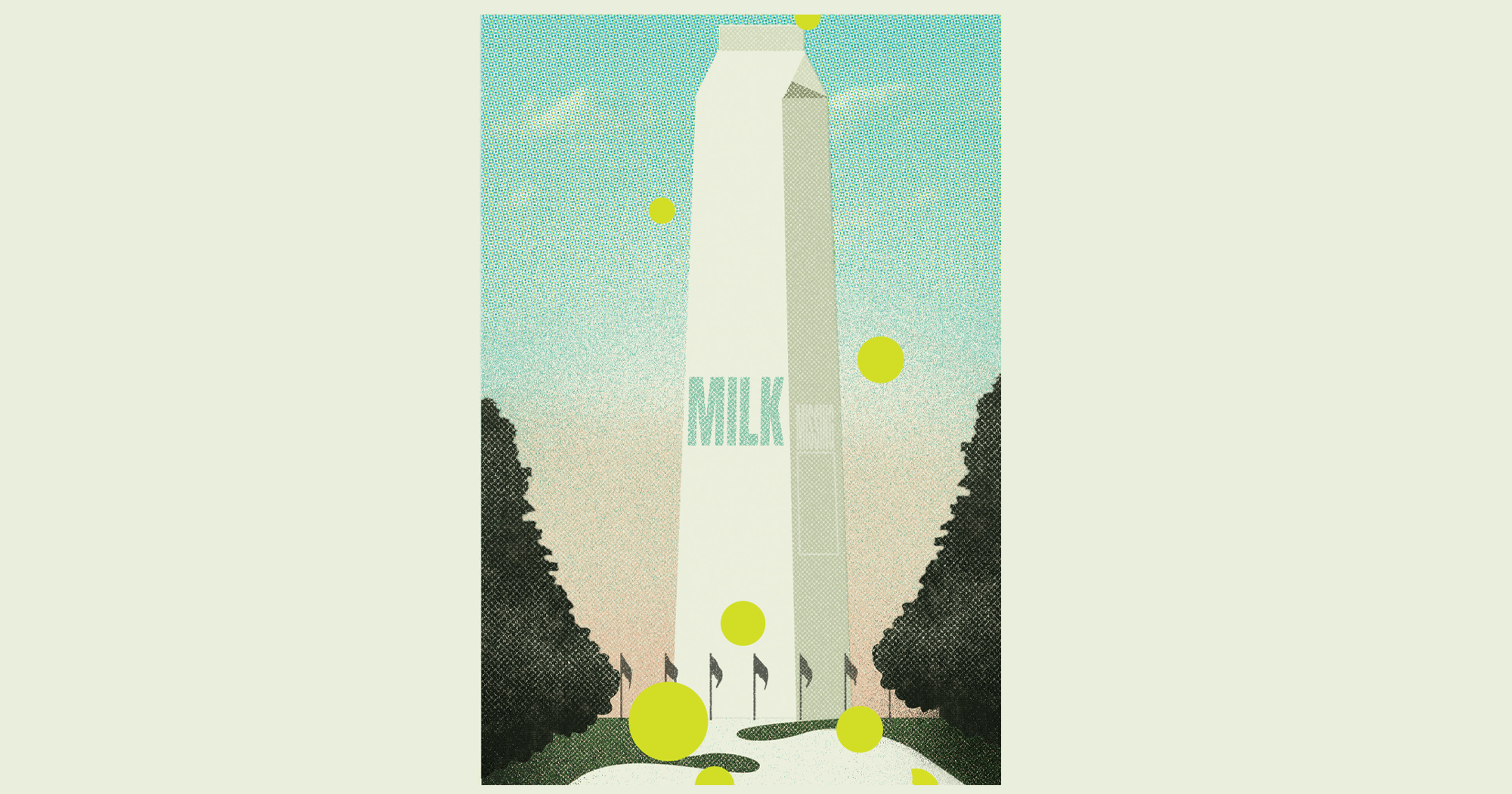Since 9/11, an enormous amount of money and resources have been devoted to protecting our food and farms from terrorist attacks. It’s unclear how worried we should actually be.
It was four years after 9/11 and more than two decades since a bombing in Beirut had targeted United States military forces. Arlen Specter, a former district attorney from Philadelphia who became a long-serving centrist senator — he bobbed back and forth between parties — had been captivated by the threat of terrorism since the 1980s.
Specter saw agriculture as a particularly vulnerable piece of key infrastructure. He proposed a bill that would criminalize violence specifically targeting U.S. crops and livestock. It wasn’t the first piece of legislation to attempt this: In December 2001, Sen. Tim Hutchinson (R-AK) introduced a similar bill.
Both bills died in committee. But they helped identify vulnerabilities in the food supply to threats of pathogens, cyberattacks, and disruptions to the supply chain. For U.S. officials and academics, this fear has only grown in the decades since.
While neither of these bills became law, the executive branch didn’t wait for Congress to tackle the problem of agroterrorism more broadly. The Strategic Partnership Program Agroterrorism (SPPA) Initiative was announced in August 2005 to enhance collaboration between government agencies to address agroterrorism.
Ever since, the SPPA has morphed into the government’s main avenue for targeting agroterrorism threats. Various agencies apply their own scope, from studying how food could be impacted by a biological weapon to checking produce at the border and intervening against nefarious plots.
Everything from extreme environmentalism to politically driven violence from foreign agents is seen as a threat.
This past November, the Biden Administration directed federal agencies once again to address threats to the food supply, with an effort to be headed up by the Department of Homeland Security.
“As a whole, we just wanted to … point out that the food and agriculture sector does have unique threats to it,” an official told reporters at the time. According to experts within the government and in the private sector, there is a broad range of vulnerabilities in the sector. This includes the possibility of deliberate introduction of a pathogen that could harm crops or animals, especially something incredibly transmissible like foot-and-mouth disease; cyberattacks that target massive corporate farms; physical attacks on agricultural property, a threat often attributed to animal rights activists; and intentional derailment of the supply chain.
As a result, the massive amount of research, funding, and discussion going into agroterrorism studies across the country each year groups together diverse vulnerabilities. Everything from extreme environmentalism to politically driven violence from foreign agents is seen as a threat.
Farmers, meanwhile, say they have more immediate concerns, like potential theft, natural pathogens like the avian flu, and the ever-present financial challenges inherent to modern agriculture.
Declaration of War
In 2005, the U.S. population was gripped by two fear-driven wars overseas — Americans held a core belief that they were no longer safe. Several notorious legal decisions by President George W. Bush’s team pushed the government to surveil its own population and build extralegal “black sites” and prisons across the globe where suspected terrorists were held without trial.
At the time, Specter’s home state of Pennsylvania was home to a large population of farmers concerned about their livelihoods. In the wake of 9/11, Specter held four forums on the issue of terrorism that could target our country’s food infrastructure. He directed his team to introduce a piece of legislation that would protect farms by criminalizing “agroterrorism.”
The staff produced a bill that would define and criminalize agroterrorism as violence against not just people, but crops and livestock.
“As a nation, we cannot take for granted that our food supply will not be susceptible to terrorist activities,” he said on the floor of Congress while introducing his bill. “Without question, the time has come for concerted action to ensure the protection of American agriculture.”
“As a nation, we cannot take for granted that our food supply will not be susceptible to terrorist activities.”
Part of the problem, according to Tom Dower, Specter’s legislative director at the time, was that there were too many competing antiterrorism priorities to deal with legislatively. The bill had been something the team turned around quickly. In fact, Dower didn’t remember it 20 years later — he had to contact former colleagues to answer questions about the legislation.
“The terrorism angle, that you then had to parse out among all of the departments and agencies, is almost never-ending,” Dower said. “It’s easy to identify a lot of problems, but it’s really hard to get enough attention to your particular issue to see it over the finish line.”
Nearly two decades later, the legal framework combating threats to the U.S. agricultural sector is just as vague as it was then. Each year, though, several federal agencies publish reports detailing the money and time they spent identifying threats to the food system and taking action against perceived threats at the border.
An Abstract Issue
Agroterrorism is defined by the Congressional Research Service as “the deliberate introduction of an animal or plant disease with the goal of generating fear, causing economic losses, and/or undermining social stability.” Part of what makes the definition fraught is the inclusion of “terrorism,” a legal concept that feels clearer in the abstract than it is in practice to regulate.
To Andrew Rose, a marketing consultant who works with farmers and food companies, the threat is far greater than that scope. Rose argues that terrorism can include everything from animal rights and environmental activism to cyber attacks and threats from foreign nations.
Rose was working at an agricultural bank almost 10 years ago when he decided to do an exercise with his staff. They imagined a doomsday scenario — a cybersecurity attack — and simulated the fallout on communities across the U.S. His takeaway from this exercise was that there were gaps in the food supply but little protection of the agricultural system by the government.
Rose now is a marketing consultant and runs a business giving talks to companies and in public about these threats. He calls it his civic duty to research this topic and talk to companies and groups across the country about it.
“For every story you see in public, there’s probably 19 or 20 others exactly like it or worse that aren’t public,” Rose said, arguing that predatory scams and a range of external threats fall under the banner of agroterrorism. “This is endemic.”
Rose argued that predatory scams and a range of external threats fall under the banner of agroterrorism.
Government sources define the problem differently. A book published by the Air Force in 2020 examined the history of agroterrorism and found that not only had there not been any major examples of this kind of attack disrupting an entire society, but that the closest example comes from the U.S. military targeting Vietnamese forces in the 1970s. (Consider the military’s use of Agent Orange and other herbicides.)
Quick to clarify that he’s not working on behalf of any government agency or company, Rose said there are all kinds of threats to farmers out there that are actively happening — not just ones that are speculative. Animal rights activism, he argued, was particularly problematic to farmers, and he expressed concern that a recent ruling in favor of Direct Action Everywhere activists in Utah accused of stealing pigs opens the floodgates for more violence against farms.
“In general, the nature of bureaucracy is people in silos,” Rose said. “Certain things are no longer your problem, you focus on those things that fit squarely into your wheelhouse. If we have a fixation only on the cybersecurity threats to the agricultural community, and we don’t couple that with the animal activists, with nation states, with other things … the threats are converging.”
Those wildly various groups, he said, understand that the U.S. might not be prepared for all potential threats and their efforts to destabilize the food system might get through. Therefore, the U.S. needs to respond to a “blended threat environment.” Farmers we interviewed displayed some skepticism.
Bigger Fish to Fry
Seth Nitschke, “head cowboy” at Mariposa Ranch in California, said he’s never heard the term agroterrorism in his many years in farming. He’s much more concerned about theft than he is acts of terrorism.
“That’s just regular old-fashioned crime, I don’t think they’re trying to terrorize us,” he said. “As far as I know, if there’s a plot out there to disrupt our food system, it’s not one that has been made apparent to us.”
On top of that, Nitschke said biosecurity is something farmers already do — no matter where the threat is coming from.
“If we get some pathogen that’s going to disrupt the pork supply, that’s a whole lot of money,” he said. “There’s already a system that we’ve put in place to combat that entire thing, but that’s got very little to do with ISIS.”
Nitschke is also skeptical of the government’s framing to begin with. “It’s almost as if they’re coming up with a reason to create a security state,” he said.
“If there’s a plot out there to disrupt our food system, it’s not one that has been made apparent to us.”
An Amarillo, Texas, beef rancher, interviewed on background because he was concerned about blowback to his business, said that farms have increased their surveillance operations in recent years — especially big corporate farms. But bioterrorism isn’t the primary concern here; rather, it’s about protecting against hunting and theft.
Meanwhile, former FBI agent turned corporate corruption investigator Ren McEachern said that while he was working for the police agency, agroterrorism was not something he ever encountered. “I don’t recall any cases specifically, and I was on the joint terrorism task force for a few years down in Florida, which obviously has a massive orange and lettuce industry,” he said. “But food supply and supply chains around them have always been a concern, because it’s a good way to attack a lot of people — ever since there were wars, you basically try to destroy peoples’ ability to get food.”
For others, the situation is more about education than anything else. Keith Tidball, anthropologist and assistant director at Cornell Cooperative Extension, said the technology definitely exists to attack the agricultural sector and those vulnerabilities are real, but farmers need a realistic sense of which issues to take seriously in order to make the best policies for their own livelihood.
“It is impossible to predict whether past incidents illustrate possible future incidents.”
“Even an understanding of the genetics of what you’re doing and the environment in which you’re doing it are probably more important to your survival as a farmer than that camera you have on the field edge,” he said.
For Tidball, the biggest problem is pathogens.
“The problem is a lack of a complete knowledge or a complete understanding of the biology of our foodstuffs,” he said. “If somebody is bent or intent on finding a loophole in something that we eat,” he added, “there are way more vulnerabilities in that space than there would be in, say, metallurgy, where you’re building parts for something, or some other industry.”
While there are task forces and state and city-level reports on the topic across the country, there are still gaps in how much of that information reaches farmers.
A Matter of Time?
One key area of contention with agroterrorism is that it hasn’t really happened before, making all of this policy work speculative. For the experts who warned about the dangers of the food system’s vulnerabilities, they compared it to Covid — that eventually it would happen and the government would regret failing to deal with the loopholes earlier.
“There are multiple scenarios at play right now, some of which are out in the public and some of which are probably classified, where, if it happens, we’re in trouble,” said Tidball. “That’s just it. We don’t have an answer for that, and let’s just make sure we try to do what we can on the physical security side.”
Meanwhile, even the Air Force book on the topic says that no matter how you spin it, agroterrorism has never been a popular choice to cause harm.
“Almost all known terrorist attacks on agriculture employing chemical or biological agents have been small-scale, consisting of a single attack inflicting limited damage, or multiple small-scale attacks, generally ineffective,” wrote military historian and government consultant Reid Kirby and Seth Carus, a professor at the National Defense University.
Regardless of who’s talking about it, the definition of agroterrorism remains vague; many farmers say they are more concerned about immediate threats. But the interconnected nature of the food supply means that pathogens and derailment continue to pose serious risks to public health.
For researchers, despite the fact that history demonstrates little to no threat in this area, attackers could always change their mind and target the food supply. “It is impossible to predict whether past incidents illustrate possible future incidents,” Kirby and Carus wrote.







